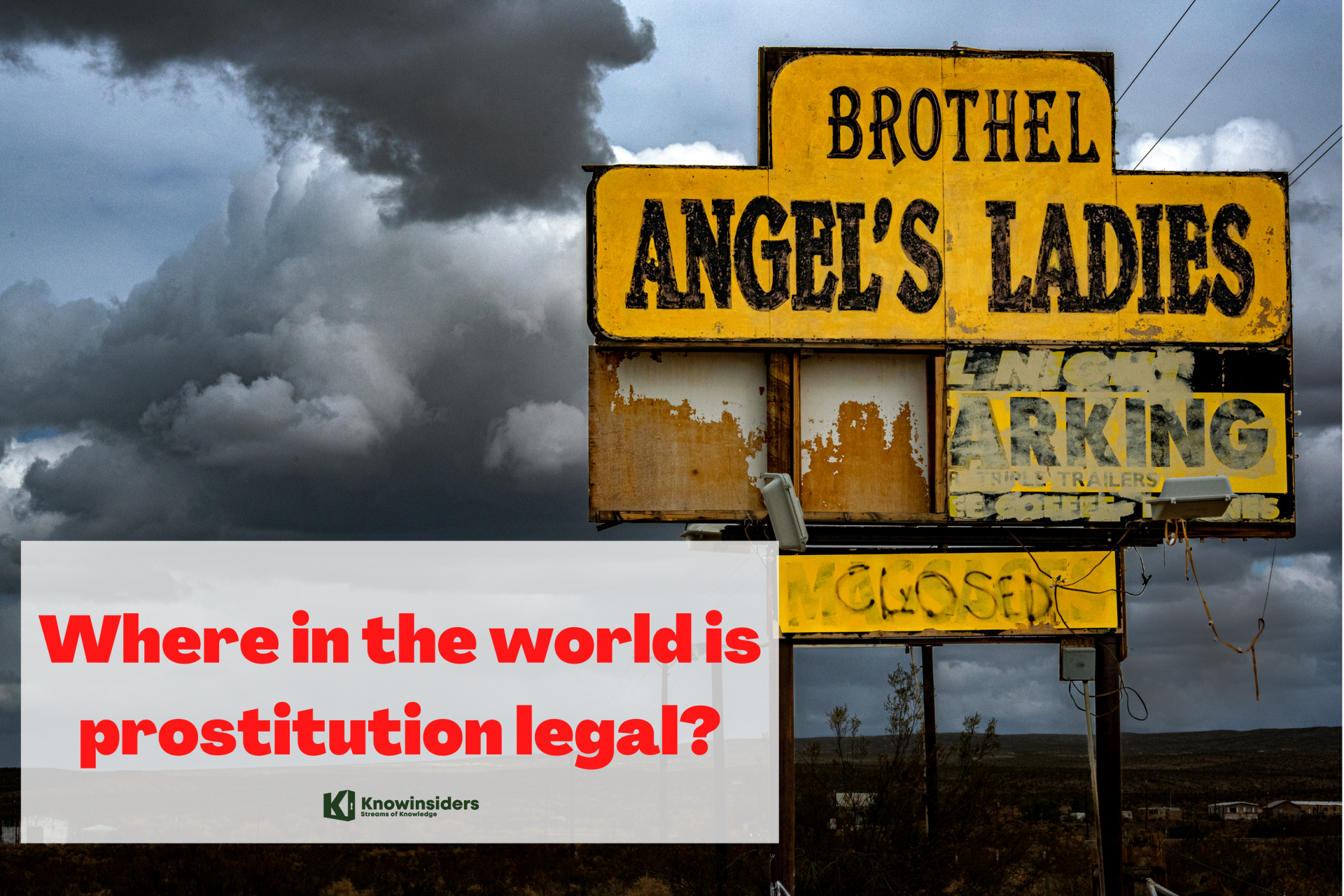Top 14 World’s Most Dangerous Volcanoes
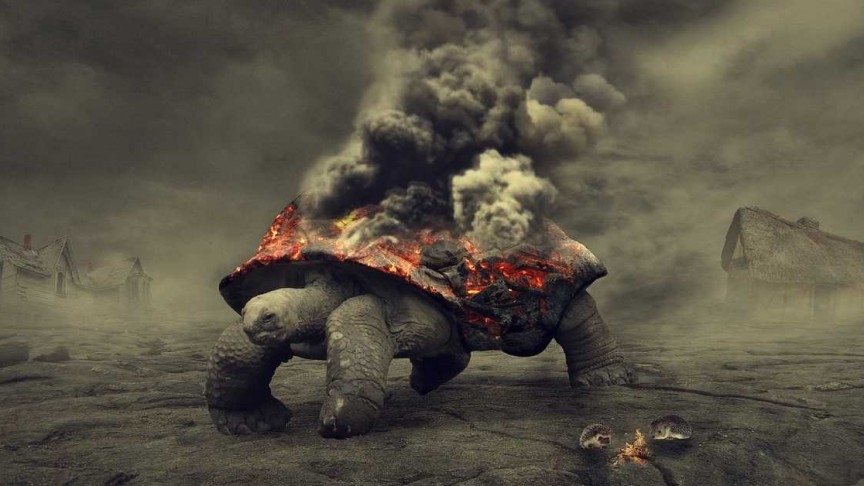 |
| Most dangerous volcanoes in the world. Photo: Interesting Engineering |
Volcanoes continue to be a fascinating subject for budding geographers and geologists to learn about as part of their studies. Their complex structures and vast history, sometimes spanning millions of years, continually proves to be a much-loved part of any curriculum.
Currently, there are around 1,500 potentially active volcanoes spread around the world. Of these, around a th have erupted – causing smoke, ash and lava to explode from the surface and into surrounding towns and cities.
In order to help students learn more about some of the world’s most infamous volcanic structures, we’re taking a closer look at some of the world’s most dangerous volcanoes, as well as the best volcanoes to visit on a geography school trip.
Mount St. Helens, Washington
Despite its last outbreak being in 2008, St Helens is noted for its infamous eruption of 1980 – where a series of explosions caused earthquakes over several months, as well as the largest landslide ever recorded. The resulting ash and debris was recorded in eleven American states and two Canadian provinces.
Currently, St. Helens is still active, with the top of the volcano filled with a lava dome and a large glacier.
Mount Kilauea, Hawaii
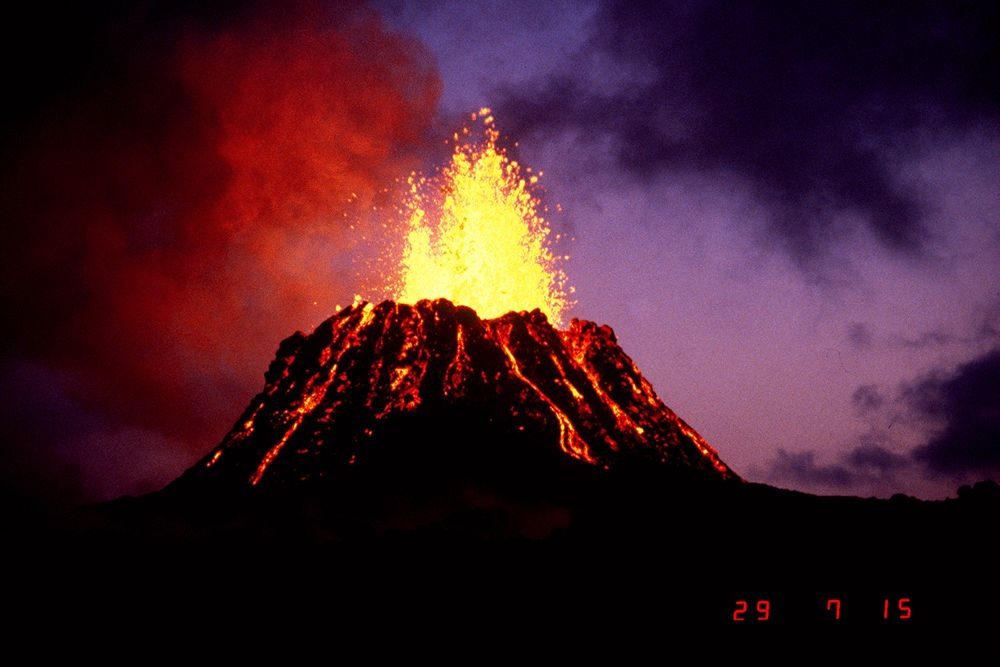 |
| Photo: Live Science |
The world’s most active volcanic mass, Kilauea is home to many frequent eruptions. These are nonexplosive and are generally contained within a boiling lake of active lava – which occasionally overflows along the caldera, WST Travel cited.
Kilauea’s most famous eruption occurred in 1955, followed by violent earthquakes and lava which poured for 88 days and destroyed 15km2 of nearby sugarcane fields and orchards. Similarly, an eruption in 1975 was rooted as the cause of a tsunami in the region.
Mayon Volcano, The Philippines
This active volcano has recorded over 30 eruptions since the 17th century – with one in 1993 causing 79 deaths. Since 2000, there have been five eruptions alone, each causing tens of thousands of nearby villagers to evacuate their homes.
Mayon’s symmetrical shape has caused it to be dubbed ‘the world’s most perfect volcanic cone’. Following Typhoon Durian in 2006, this shape caused destructive mudslides and floods at the foot of the mountain, which killed over 1,000 people.
Avachinsky-Koryaksky, Russia
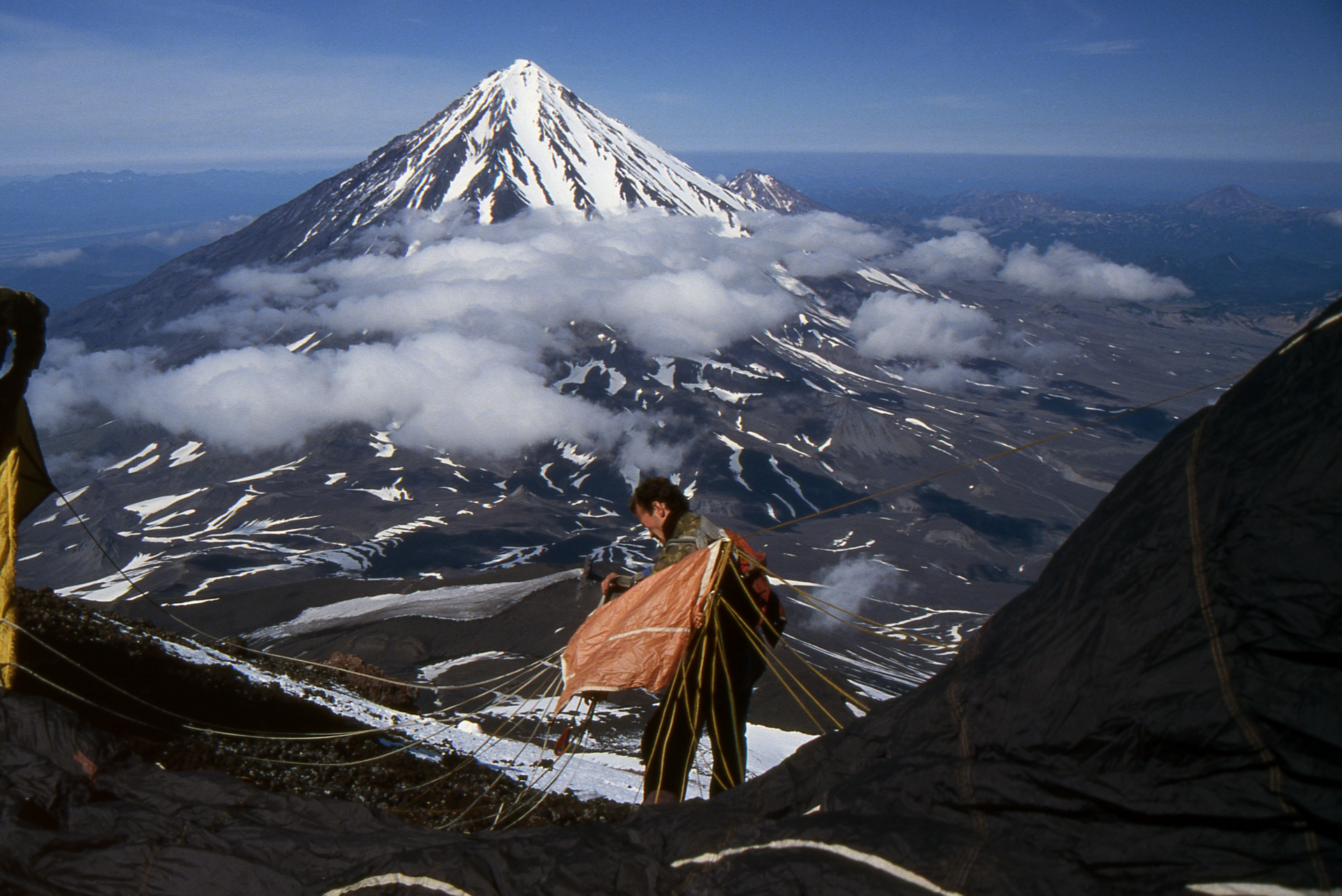 |
| Photo: Wikimedia Commons |
The flip side of living dangerously close to an active volcano? All the fun you can have during quiet spells! The people in the video here, for instance, summited Avachinsky one sunny day and also got excellent views of nearby Koryaksky. Avachinsky looks so solid there. It’s hard to believe that this volcano sometimes collapses. However, nearby Petropavlovsk (the largest city in Kamchatka) was built on deposits left by one such prehistoric catastrophe. Mudflows and lava are more likely hazards and can happen at either volcano. Petropavlovsk is so isolated that its residents will have to wait for aid to arrive by land and sea during a volcano emergency, said List Verse.
Redoubt Volcano, Alaska
The most dangerous of 51 active volcanoes in Alaska, Redoubt stands at a mammoth 10,000ft above sea level. Between 1989 and 1990, an eruption caused a disruption in air traffic, making it one of the most expensive volcanic eruptions in US history.
Although covered in a glacier, experts have warned that hot gases and lava caused by another eruption could cause water and debris to fall down the side of the mountain, and the nearby Drift River to flood.
Mount Pinatubo, The Philippines
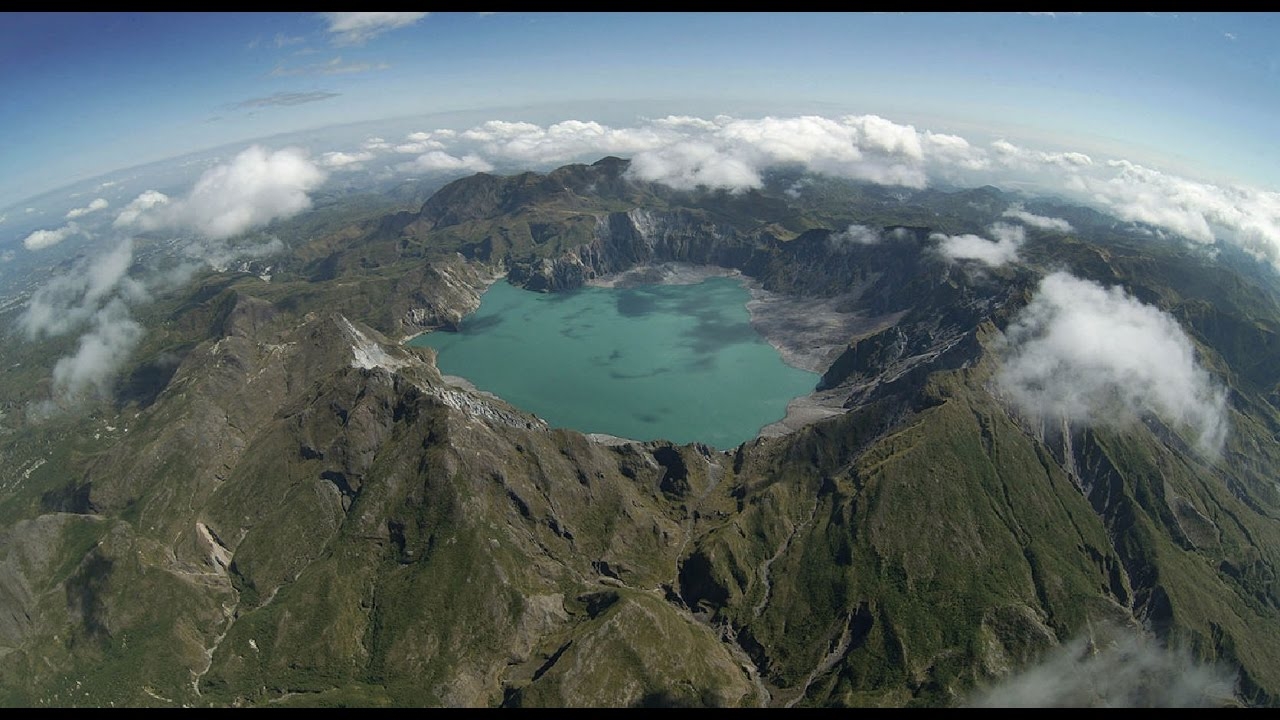 |
| Photo: YouTube |
Located in the Zambales Mountains, Pinatubo is notorious for its recent 1991 eruption, which was the second-largest volcanic eruption in the world. Its effects were felt worldwide – with the global temperature dropping by 0.5 degrees and a layer of sulfuric acid haze.
Before the 1991 eruption, there was little known about the history of Pinatubo, as the surface was heavily eroded and covered in forests.
Mount Agung, Bali
In 1963, an eruption of Mount Agung caused one of the most devastating natural disasters in the region’s history, killing as many as 1,500 people.
More recently, the volcano was erupting from 2017-2019. In September 2017, the area suffered a total of 844 earthquakes because of the activity, with 300-400 occurring on one day alone. Around 122,500 people were evacuated from their homes, and the activity continued on and off until May 2019, when an explosion spewed lava and rocks over a 3km distance.
Mount Fuji, Japan
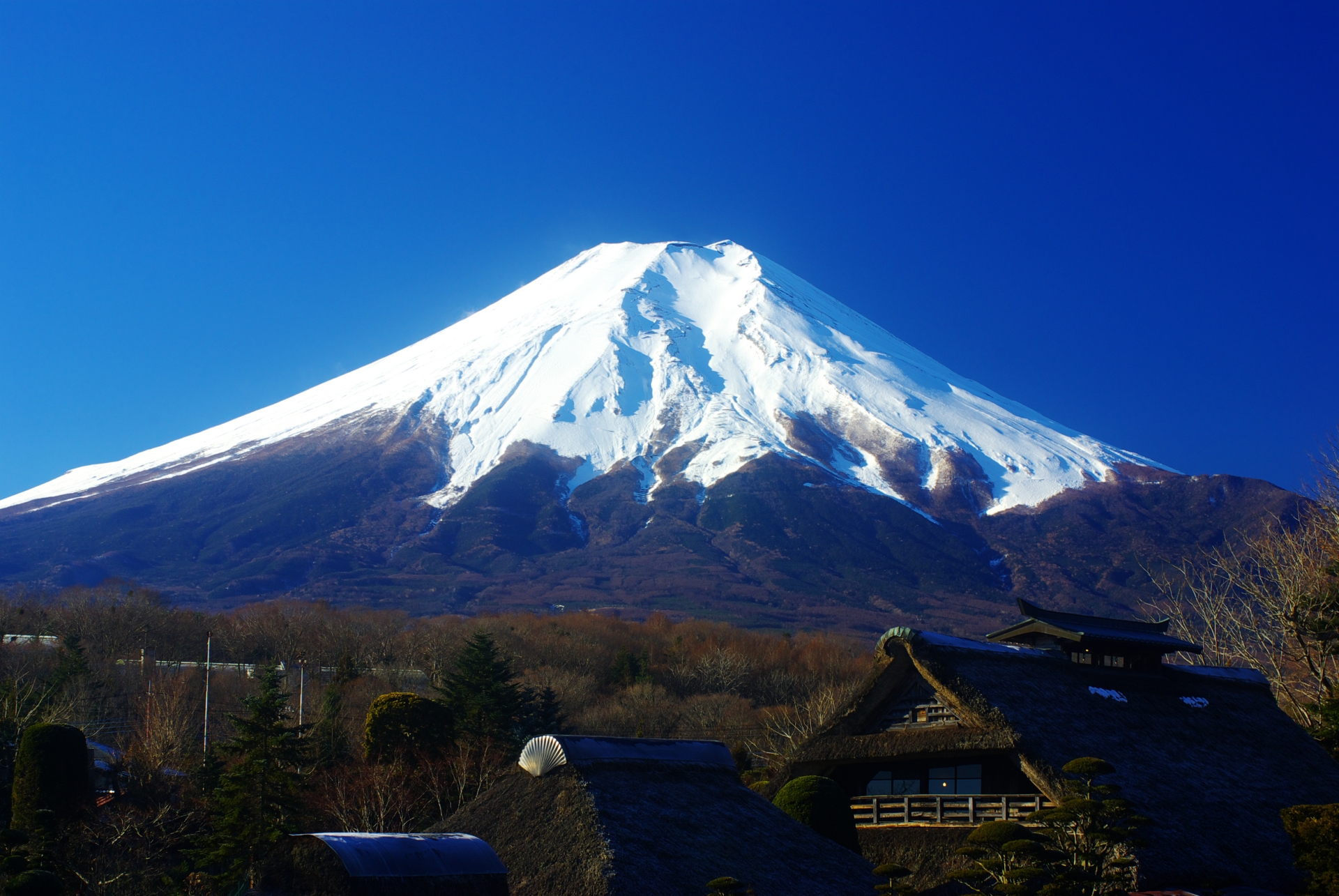 |
| Photo: Wikipedia |
About 100km southwest of Tokyo, Mount Fuji is one of Japan’s ‘Three Holy Mountains. Although lying dormant since its last eruption in 1707, Fuji is still considered active by scientists, with fears that a 2011 earthquake could have caused the volcano to erupt once more.
It is widely considered dangerous due to the amount of damage that a large eruption could cost – with economists suggesting it could cost around ¥2.5 trillion – with ash and resulting debris bringing Tokyo to a halt.
White Island (Whakaari), New Zealand
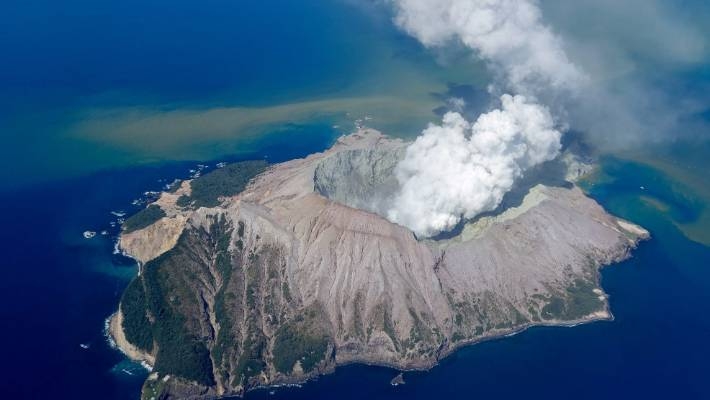 |
| Photo: Stuff.co.nz |
Just 30 miles (48km) off of the coast of New Zealand’s North Island, in the Bay of Plenty, White Island (Whakaari to the Māori) is a grumbling volcanic island of billowing steam and bubbling mud. Most of the volcano is below sea level so typically visitors step straight off the boats into the actual crater.
The otherworldly landscape is tinged yellow from the sulphur – the smell can be overwhelming and all visitors to White Island are issued with a gas mask and a hard hat. It last erupted in 2019 with tourists out on the crater and in boats in the water nearby. Sadly, 20 people perished in the eruption and tours have been suspended ever since.
Mount Vesuvius, Italy
The cone of Mount Vesuvius looms large over the city of Naples in southern Italy. The vast crater at its summit was formed during the last eruption in 1944 – and it’s not a question of if the volcano will erupt again, but when.
The once prosperous Roman city of Pompeii at the southeastern base of Mount Vesuvius was devastated by an eruption in AD 79 that rained down ash and volcanic rock. When the city was rediscovered nearly 2,000 years later, everything, from buildings and even food and jewelry, had been perfectly preserved. Check out Pompeii's secrets that are only just being uncovered, noted Love Exploring.
Popocatépetl, Mexico
With a name translating to ‘smoking mountain’, it’s no wonder that this volcano has been undergoing a constant eruption since 2004 It is the second most active volcano in Mexico but ranks the highest when it comes to explosive activity and population threat.
In October 2019, Popocatépetl erupted overnight with 215 explosions resulting in ash, smoke and gas.
Mount Merapi, Indonesia
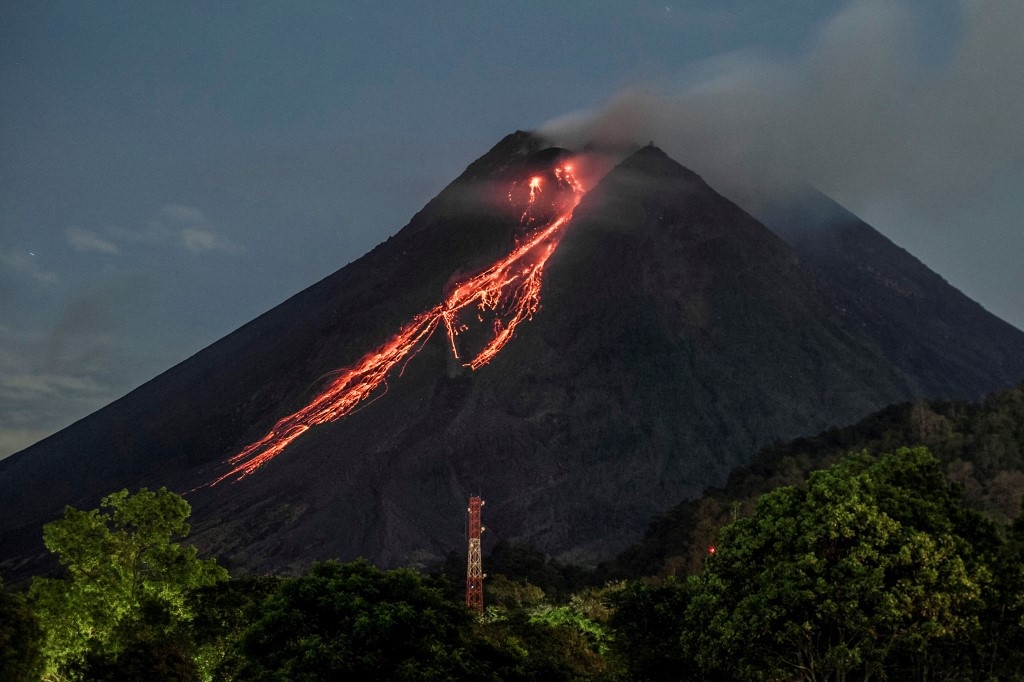 |
| Photo: The Jakarta Post |
Much international collaboration has focused on Merapi during the Decade Volcano program, it’s one of Indonesia’s most active volcanoes and sits in a heavily populated region. Merapi’s eruptions are violent, too, with long-lived pyroclastic flows. Besides those terrifying gray death clouds, hazards at Merapi include lahars (an Indonesian word for mudflows) and big landslides. The worst eruption from Merapi recently, in 2010, killed over 100 people.
Nyiragongo, Democratic Republic of the Congo
This African volcano has a flattish top like Galeras, in South America. Unlike Galeras, Nyiragongo has hosted a series of lava lakes for centuries. That’s a deadly hazard, because those lakes drain every few decades and the lava is extremely fluid, meaning it an travel long distances, even into the nearby city of Goma.This has happened twice recently: in 1994, during the civil war, and again in 2002, when it killed about 150 people in addition to causing enormous damage. Unfortunately, warfare and social problems have limited what international volcanologists can do here. But local hands have taken up the task of researching and monitoring this Decade Volcano.
Santorini, Greece
Volcanologists are curious about the eruption history that gave Santorini — also known as Thera — its dramatic appearance. They have identified at least four caldera-forming events over the last 180,000 years. The most recent, roughly 3,600 years ago, was a VEI 7 eruption. That’s the one that may have doomed Minoan civilization, which centered on the nearby island of Crete. Or not. No one is really sure yet what closed down that amazing culture. Thanks to the Decade Volcano program, Santorini now has its first modern volcano observatory. So far, it has detected only occasional swarms of seismic activity, nothing that looks like an impending eruption.
 Seven Times World Leaders’ Awkward Moments Captured By Cameras Seven Times World Leaders’ Awkward Moments Captured By Cameras Even world leaders may have some awkward moments unfortunately captured by cameras. Here are seven leaders with their unexpected minutes including Biden's tumbles. |
 10 Most Dangerous Religious Festivals In India 10 Most Dangerous Religious Festivals In India India is one of the only few countries on this planet with a lot of different ethnic groups that managed to survive on the same ... |
 Victoria Falls Devil's Pool: How dangerous and deaths recorded? Victoria Falls Devil's Pool: How dangerous and deaths recorded? Devil’s Pool is located atop Victoria Falls, one of the largest waterfalls in the world. The pool has long been a top “must-explore” destination on ... |


